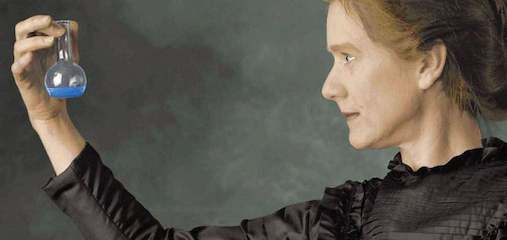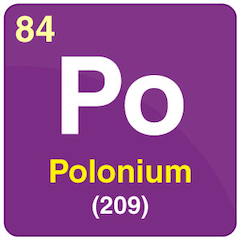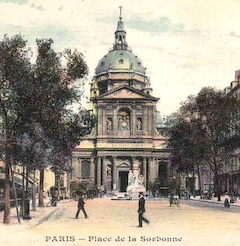
Marie Curie (1867-1934, age 67) was a pioneering physicist and chemist whose groundbreaking research on radioactivity fundamentally transformed scientific understanding of atomic structure and energy.
Born Maria Skłodowska in Warsaw, Poland, Marie Curie became the first woman to win a Nobel Prize and remains the only person to receive Nobel Prizes in two different scientific disciplines.

Marie Curie’s scientific journey began at the University of Paris, where she studied physics and mathematics despite facing significant financial hardships.
In 1895, she married Pierre Curie, a fellow physicist, and together they embarked on revolutionary research that would reshape modern science. The couple’s collaborative work on radioactive elements led to the discovery of two new elements: polonium (named after Marie’s homeland) and radium.
The Curies’ meticulous research methods involved processing tons of pitchblende ore in primitive laboratory conditions, manually extracting minute quantities of radioactive materials.
Their dedication to scientific precision and Marie’s exceptional analytical skills proved instrumental in isolating pure radium and determining its atomic weight. This painstaking work earned them the 1903 Nobel Prize in Physics, shared with Henri Becquerel, for their discoveries concerning radiation phenomena.

Following Pierre’s tragic death in 1906, Marie Curie continued their research independently, demonstrating remarkable resilience and scientific determination.
She became the first female professor at the University of Paris and established the Radium Institute, which became a leading center for nuclear physics and chemistry research.
In 1911, Marie received her second Nobel Prize, this time in Chemistry, for her discovery of radium and polonium and her further research on radium compounds.
Marie Curie‘s contributions extended beyond pure research into practical applications. During World War I, she developed mobile X-ray units, nicknamed “petites Curies,” which provided crucial medical imaging capabilities to battlefield hospitals.
Her work saved countless lives and demonstrated the humanitarian applications of scientific discovery. She personally drove these units to the front lines, training medical personnel in their operation.
The scientific legacy of Marie Curie encompasses fundamental advances in understanding atomic structure, radioactive decay, and the therapeutic applications of radiation. Her research laid the groundwork for modern nuclear medicine, cancer treatment, and atomic physics. The unit of radioactivity, the curie, was named in her honor, permanently linking her name to scientific measurement.
Marie Curie‘s influence transcends scientific achievement, representing a powerful symbol of perseverance in the face of gender discrimination and academic prejudice. Her dedication to scientific methodology, commitment to education, and pioneering spirit continue to inspire researchers worldwide.
She died in 1934 from aplastic anemia, likely caused by prolonged exposure to radiation during her groundbreaking research, a sacrifice that underscores her unwavering commitment to scientific advancement.
#MarieCurie #NobelPrize #Radioactivity #WomenInScience #Physics #Chemistry #ScientificPioneers #STEM
